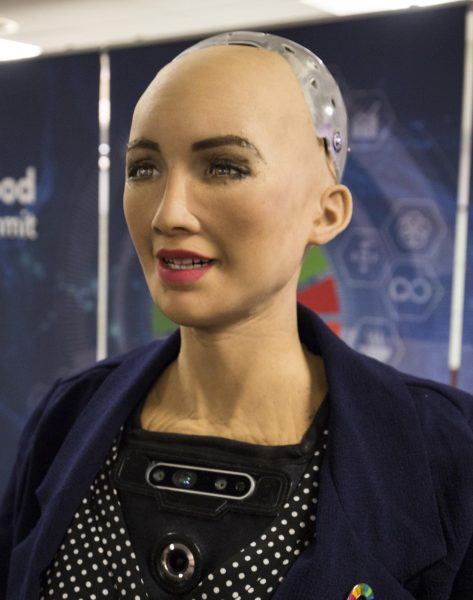The Nintendo Entertainment System
The 35th anniversary of a market savior.
The History
It’s 1983. Nintendo, a Japanese toy company turned arcade giant, had just released the Family Computer (styled as “Famicom”) in the Japanese market. At the same time, the West was experiencing a large scale market crash, known as the video game crash of 1983. Atari, a leader in an infantile industry, was experiencing moderate success with their consoles, notably the Atari 2600. Many smaller companies had seen this success and wanted to capitalize on the trend, and began releasing their own consoles and software. The lack of quality control led to the market becoming oversaturated with poor titles and led to consumers becoming increasingly bored, some moving onto the personal computer market. This led to the national market crash and minimal interest in consoles.
Fast forward a couple years to 1985, and Nintendo has sold over 2.5 million Famicom units. They ported their arcade titles, with strong third-party companies (such as, but not limited to: Namco, Konami, Hudson Soft) providing titles as well. Nintendo set their sights on launching the Famicom in the United States. This idea was scoffed at by critics, due to the market being “dead”. They planned to officially partner with Atari at the June 1983 Consumer Electronics Show, but events led to Atari needing to back out, and Nintendo decided to handle the system on their own. Styled as the “Nintendo Entertainment System” (NES), it was launched quietly in New York on October 18, 1985. Slowly releasing in other areas, it was fully released to the US by September 1986. To distance themselves from the “video game” moniker, they rebranded the console as a “control deck” and cartridges as “game paks”, among others. In order to try and prevent the market from crashing and gain consumer trust, they put a strict licensing program into place, where each game had to be tested and passed through Nintendo’s wringer. Each game that passed was granted the “Nintendo Seal of Quality” and put into production. This patched up the market and made it what it is today.
The Tech
Just saying, there’s a load of nerd stuff ahead- If desired, feel free to skip to the next section.
The NES sports a modified 8-bit 6502 CPU (known as the Ricoh 2A03), notably with 5 added audio channels. The 2A03 can address 32KB of cartridge program ROM (not a hard limit- more on this later), and provides 2KB of Work RAM for the programmer to store variables and other crucial data that can be changed. It also contains a custom PPU, the Ricoh RP2C02, which has its own RAM that contains background (Nametable) information, sprite data (Object Attribute Memory), Palettes, and other graphical related things. The caveat is that the CPU can’t address this memory directly, instead having to use a set of “registers” to tell the PPU where it wants to write, and what to write. The PPU can also read 8KB of cartridge graphics data.
Other points that aren’t enough for a paragraph:
- The NES can load only 2 backgrounds at one time, unless the cartridge has extra RAM onboard- Then it can load 4. The PPU can scroll freely between them, and wrap back around when necessary.
- NES graphics aren’t 8-bit, they’re 2-bit. (only 2 bits used to select palettes)
While it was previously stated that the NES CPU and PPU can only address 32KB or program and 8KB of graphic data respectively, these are not hard limits. During the NES’s lifetime, many different types of cartridge boards were available. This is due to special chips (and sometimes boards themselves) known as memory mappers. In their most basic form, memory mappers move chunks of code or graphics in and out of the CPU/PPU’s view, allowing for games much larger than 40KB (32KB program + 8KB graphics) to be made (i.e. Super Mario Bros. 3 and Kirby’s Adventure using Nintendo’s MMC3 mapper). Mappers aren’t only limited to this capability, however. Some (restricted to Famicom only) added their own extra audio channels that could be mixed in with the 2A03’s five (notable ones include the Sunsoft 5B, and the Konami VRC6), and others added horizontal interrupts that could be used to create cool background effects.
Legacy
Nintendo has acknowledged the NES in various forms of media, including the NES Classic Edition and the NES games playable via Nintendo Switch Online, and the Virtual Console services of legacy systems.
The NES is a huge source of nostalgia. Not only bringing a market back from the dead, but supplying a huge source of memories for a vast amount of people. A minority of these people love the system so much that they’ve formed the NESDev, a community of people that learn and make modern NES games today! Thanks to modern tools it has become as easy as ever to make games for the system, way better than any dev in the 80’s/90’s could have had it. Some great modern titles to check out include Project Blue, Lizard, Nova the Squirrel, Micro Mages, Nebs n’ Debs, and so many more that are either finished or in development.
More info can be found at:







